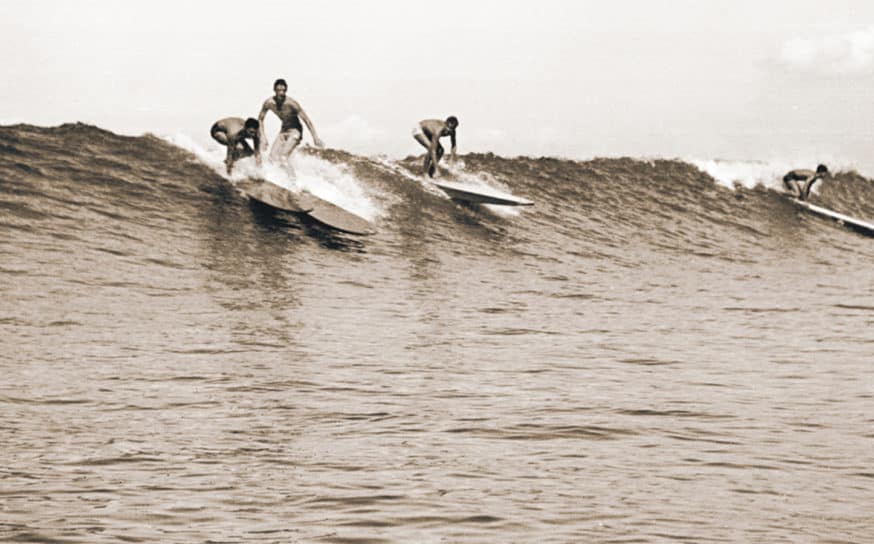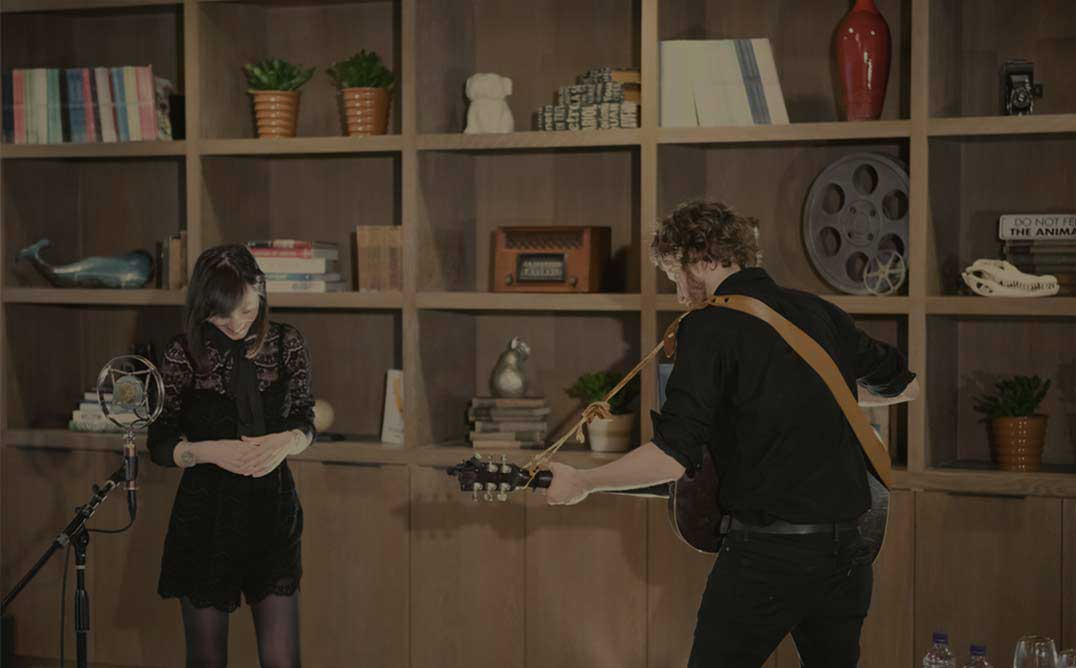
The Semi-Illiterate, Italian Immigrant Who Built Watts Towers
It was a labor of love with community roots.
-
CategoryArts + Culture
Watts Towers (or Nuestro Pueblo), the iconic collection of 17 interconnected sculptural structures in the Los Angeles community of Watts, was the work of one construction worker and tile mason over the course of 33 years, from 1921 to 1954. Rodia was also semi-illiterate and an immigrant.
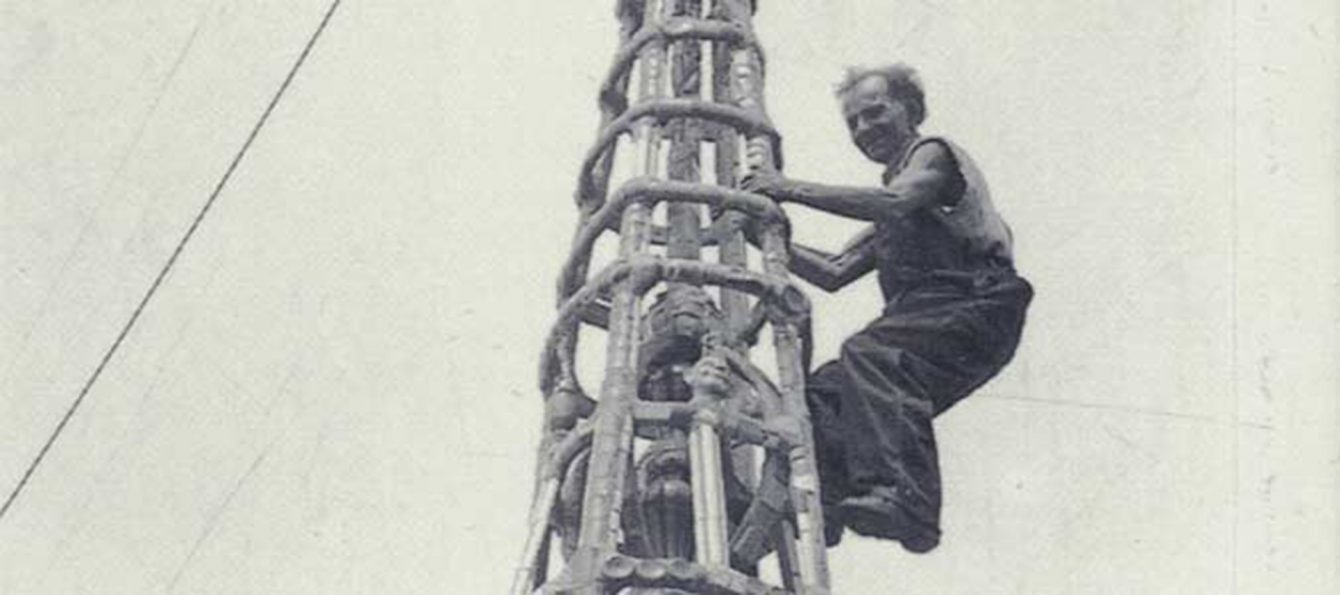
According to Discover Los Angeles, “He was born Sabato Rodia on February 12, 1879 in the tiny village of Ribottoli on the southwestern side of Italy. At age 15, he sailed for America. He settled in Philadelphia, then Seattle, then Northern California before moving to Southern California. He adopted the name Sam and worked as a laborer, laying cement and tile, among other things. Rodia was known as a hot-tempered man—something of a crank, complaining often about the government, the Catholic Church, the behavior of children, women who wore too much makeup. He may also have been a drunk.”
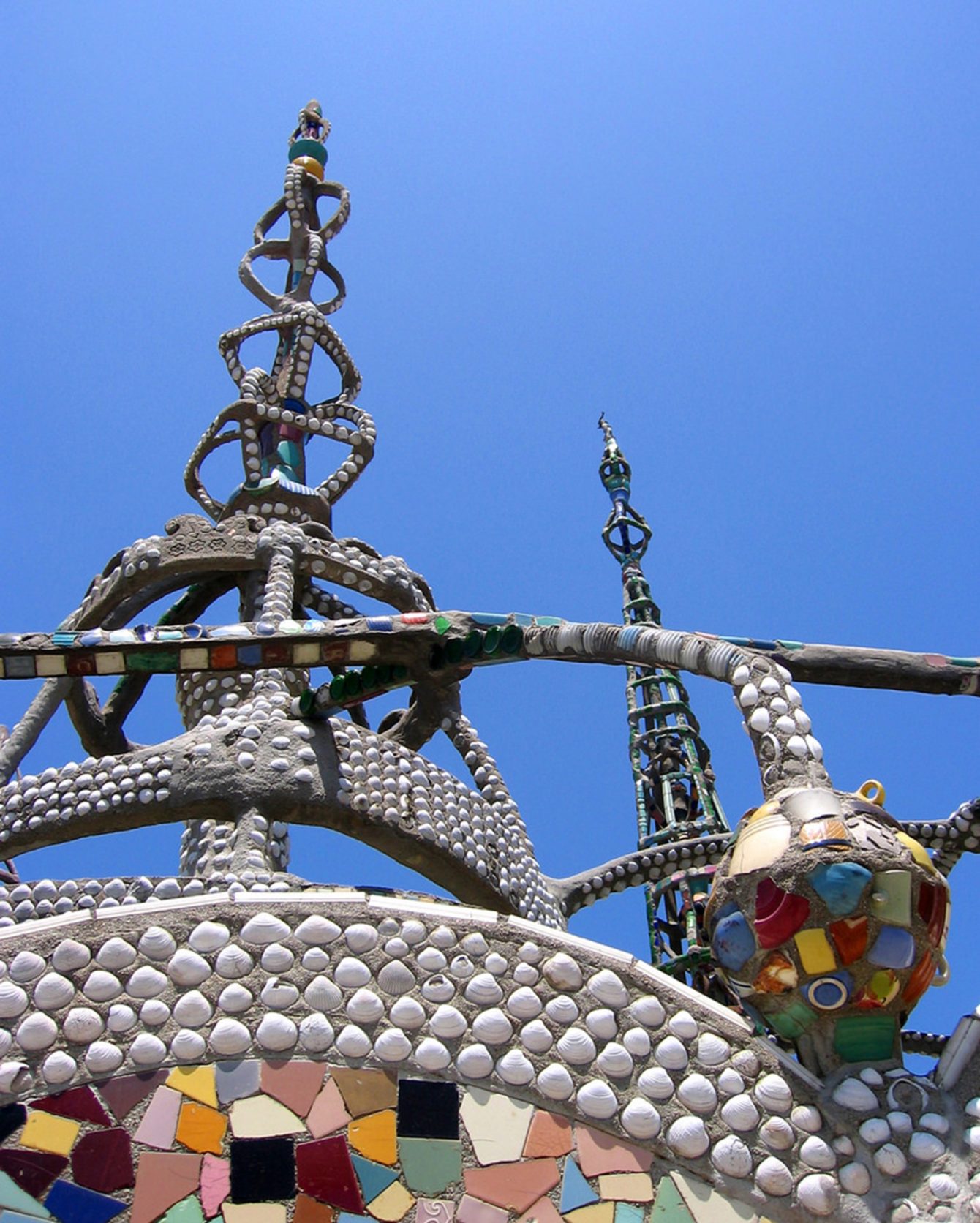
Rodia’s sculpture amatures are constructed of steel rebar and his own concoction of concrete, all wrapped with wire mesh. He embedded the main supports with pieces of porcelain, tile and glass, and decorated it with found objects, including bottles, ceramic tiles, seashells, figurines, mirrors and more. He called the project Nuestro Pueblo, “our town” in Spanish. No special tools or plans were used in its design, and much of the decoration came from neighborhood children, like pieces of broken California pottery, making it a uniquely community-supported art piece.
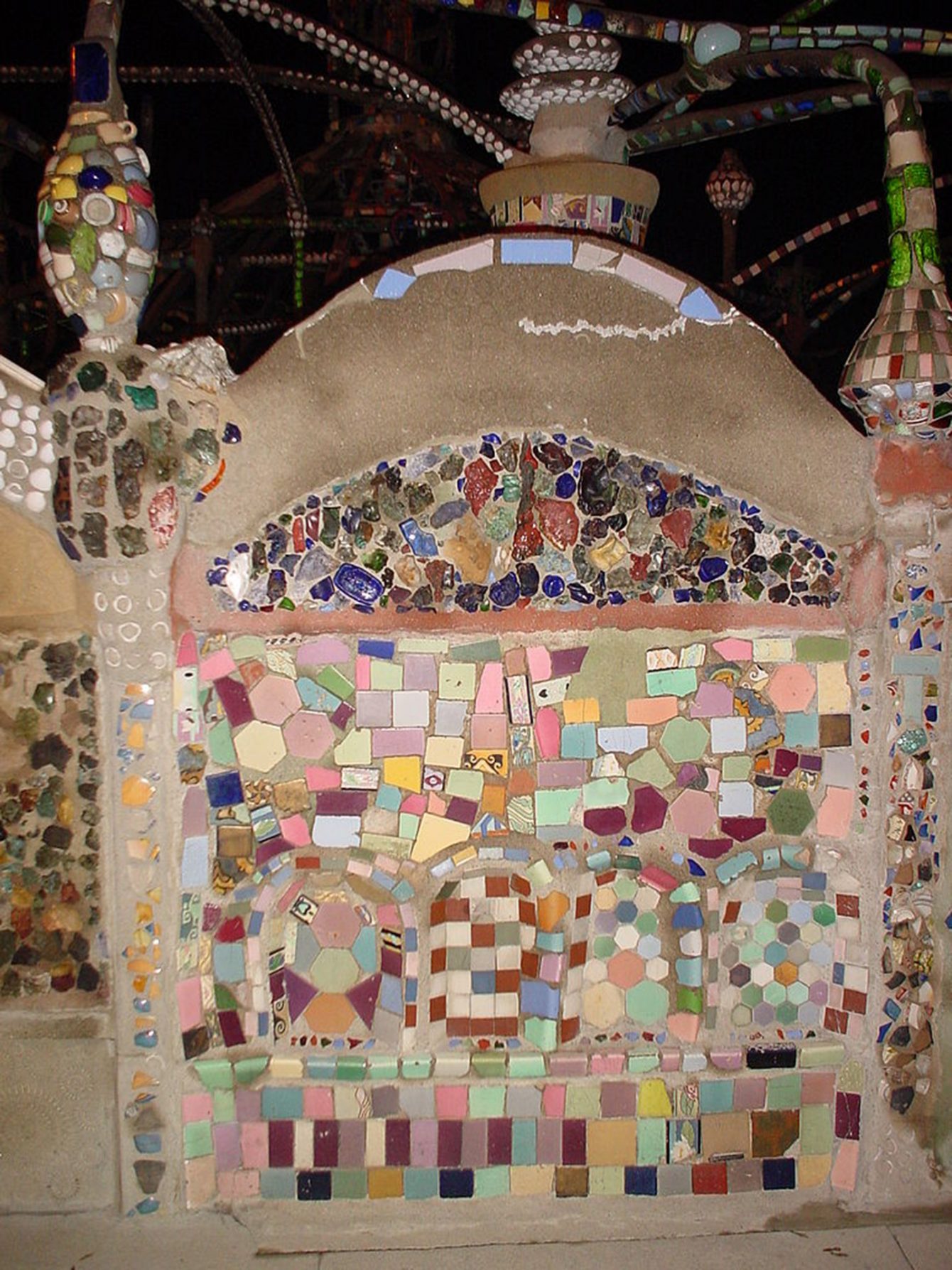
Although Rodia quitclaimed the property to a neighbor and left Watts in 1955, his monumental work of art lives on, viewed daily by a new generation of neighbors and visitors.
You can read more about Watt’s Towers here.
10 Photographers Who Documented the Emergence of Surf Culture
Some California icons front the list.
Hey, Weekend: Missions Accomplished
Following the El Camino Real from SJC to SLO.



